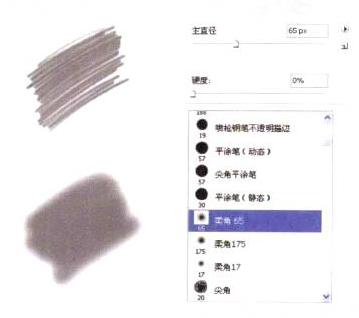Explain the effects of a permanent increase in the U.S. money supply in the short run and in the long run. Assume that the U.S. real national income is constant.
An increase in the nominal money supply raises the real money supply, lowering the interest rate in the short run. The money supply increase is considered to continue in the future; thus, it will affect the exchange rate expectations. This will make the expected return on the euro more desirable and thus the dollar depreciates. In the case of a permanent increase in the U.S. money supply, the dollar depreciates more than under a temporary increase in the money supply.
Now, in the long run, prices will rise until the real money balances are the same as before the permanent increase in the money supply. Since the output level is given, the U.S. interest rate, which decreased before, will start to increase, until it will move back to its original level. The equilibrium interest rate must be the same as its original long -run value. This increase in the interest rate must cause the dollar to appreciate against the euro after its sharp depreciation as a result of the permanent increase in the money supply. So a large depreciation is followed by an appreciation of the dollar. Eventually, the dollar depreciates in proportion to the increase in the price level, which in turn increases by the same proportion as the permanent increase in the money supply. Thus, money is neutral, in the sense that it cannot affect in the long run real variables, such as output, investment, etc.









暂无评论内容